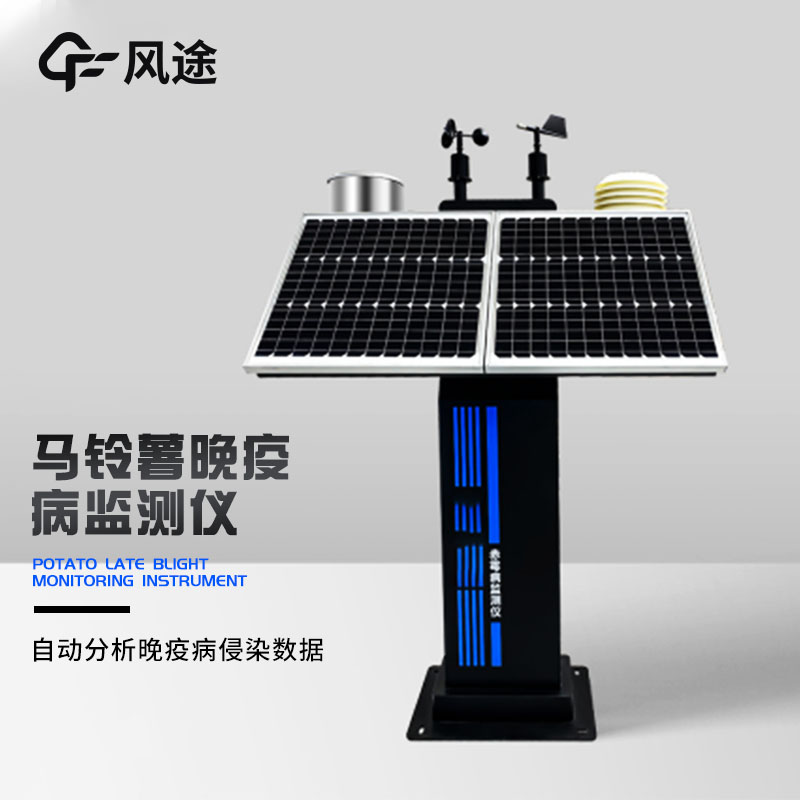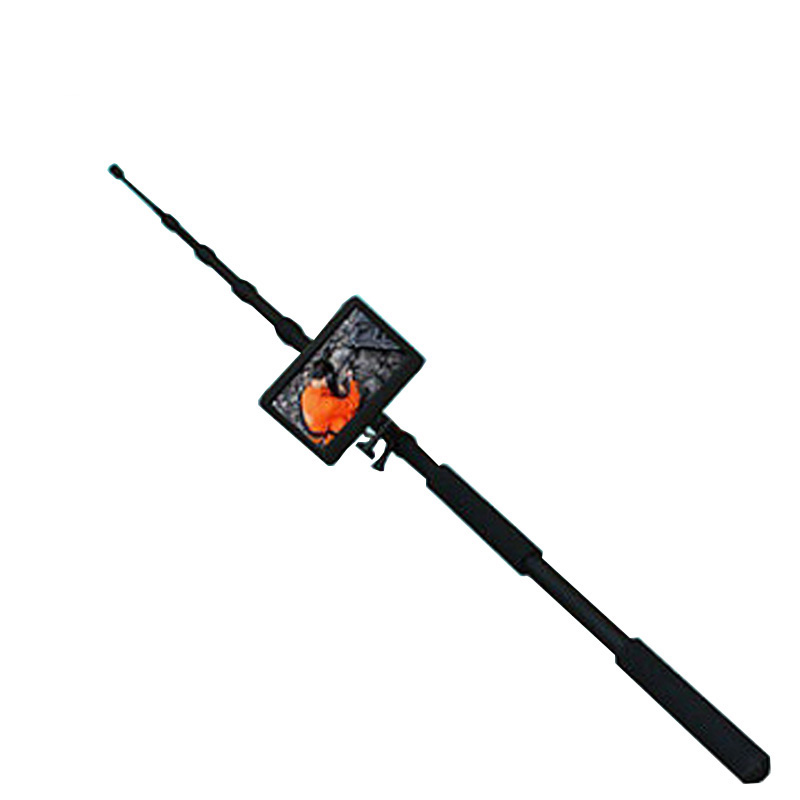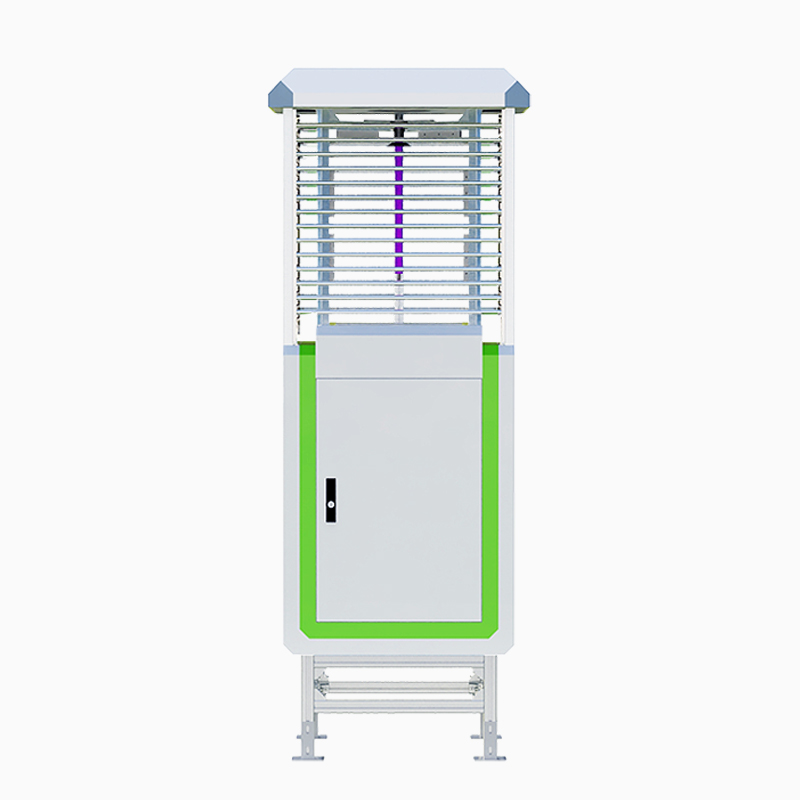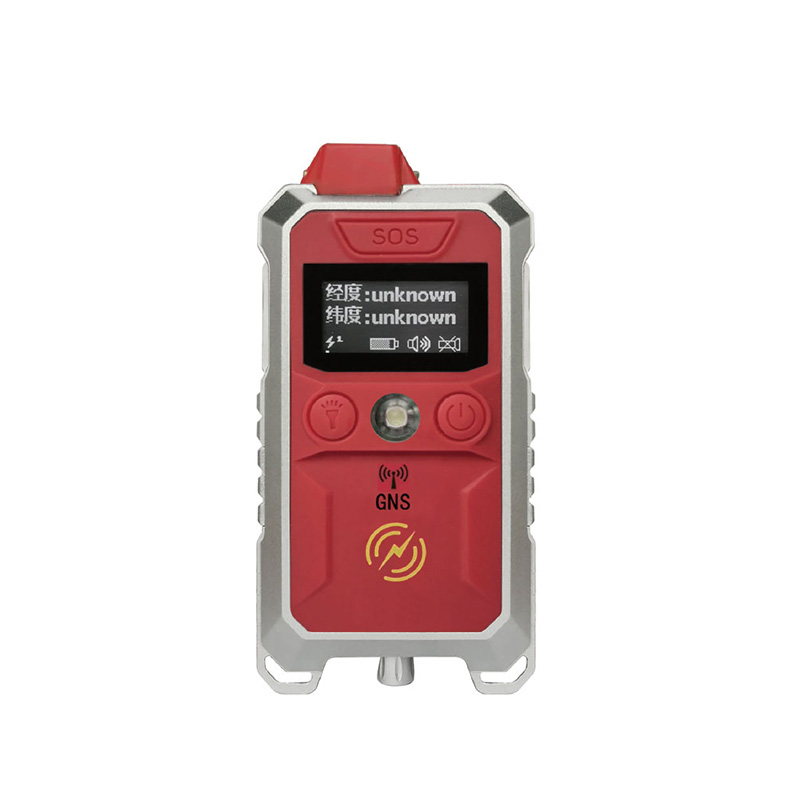Potato late blight, a highly destructive fungal disease, is listed in the national catalog of Class-I crop diseases and pests. It is caused by Phytophthora infestans and has a significant impact on the leaves, petioles, stems, and tubers of potatoes. The outbreak of this disease is related to numerous factors, such as climatic conditions, planting density, cultivation and management measures, and the disease resistance of potato varieties themselves.
Potato late blight mainly damages the leaves, stems, and tubers. When the leaves are infected, water - soaked, green - brown spots first appear at the leaf tips or margins, with a light - green halo around the lesions. In a humid environment, the lesions will expand rapidly, turn brown, and a ring of white mold will form. This is actually the sporangiophores and sporangia, which are particularly prominent on the back of the leaves. In dry conditions, the lesions turn brown and dry out, becoming brittle and easy to crack. No white mold appears, and the expansion rate also slows down. If the stems or petioles are infected, brown streaks will appear. In severe cases, the leaves wilt, droop, and curl, eventually leading to the entire plant turning black and rotting. The whole field appears scorched, and a putrid smell is emitted. When the tubers are infected, large brown or purplish - brown lesions first appear, slightly sunken. The tuber flesh under the lesions also turns brown, and then the lesions gradually spread around, even causing the tubers to rot.
The Potato late blight monitor is an intelligent device used to monitor late blight in crops such as potatoes. For example, the FT - WYB can conduct round - the - clock on - site monitoring of elements such as wind speed, wind direction, rainfall, air temperature and humidity, and atmospheric pressure. It transmits data wirelessly via 4G to the platform for storage and analysis, automatically calculates and analyzes using the built - in late blight data model, and can also automatically draw infection curves and micro - climate environment data curves. It has functions such as multi - parameter setting, automatic data collection and display, and data export through a USB interface, providing timely and accurate information for the prevention and control of late blight in agricultural production and reducing disease losses.

This paper addresses:https://fengtusz.com/industry/664.html









